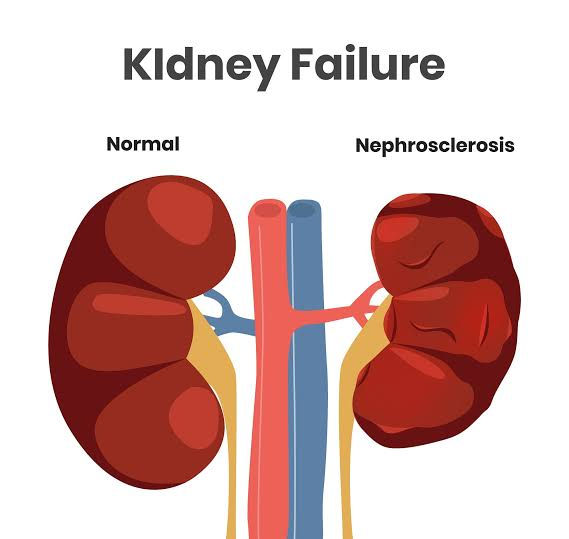Know Your Kidneys
- chhoyjessica
- 2 days ago
- 2 min read
By: Jessica Chhoy
Kidneys:
Your kidneys are a crucial organ as they work to filter blood and remove waste from your body. Without properly functioning kidneys, it can lead to us feeling sick and unwell. This is when kidney failure can arise.
Kidney failure is when one or both of the kidneys cannot function on their own. Most people have 2 kidneys, but they can live with 1 kidney if it functions perfectly well.
Kidney Failure Symptoms:
Fatigue
Nausea
Confusion
Swelling (edema) around hands/ankles
Poor appetite
Urinating more often
Dry/itchy skin

Kidney Failure Causes:
Severe dehydration
Obstruction in the urinary tract
Untreated systemic diseases
Kidney Failure Risk Factors:
Diabetes and high blood pressure are common risk factors upon kidney failure. When your blood sugar is consistently high this can lead to your kidneys becoming damaged. Moreover, when you have high blood pressure it means that your blood forcefully travels through your body, which the high force can cause damage to the tissues of the kidneys.
Dialysis:
A treatment for kidney failure is dialysis. There are 2 types of dialysis called hemodialysis and peritoneal dialysis.

Hemodialysis - The most common type of dialysis that uses a machine to filter waste products from your blood. The dialyzer is the artificial kidney where the waste products are being filtered, so clean blood returns to back to the body. Hemodialysis can often be done from home or at a dialysis center. Most patients will receive a hemodialysis at least 3 times per week.

Peritoneal Dialysis - The other type of dialysis that uses the lining of your belly to filter waste products. A soft tube called a catheter is placed in your body where a special cleansing fluid called dialysate enters your belly. The special cleansing fluid stays for a few hours to filter waste products from your blood into the dialysate. There are 2 types of peritoneal dialysis called continuous ambulatory peritoneal dialysis (CAPD) and automated peritoneal dialysis (APD).
CAPD -- The type of peritoneal dialysis that does not need a machine. Patients have the ability to perform treatment at home. This type of peritoneal dialysis is specifically convenient for patients who travel often as no machine is needed.
APD -- The type of peritoneal dialysis that uses a machine called a cycler. Patients have the ability to choose different times and places for treatment sessions. This type of peritoneal dialysis is convenient for patients who are busy during the daytime, as patients can choose to have treatment at night when they are free.
References:
Assessed and Endorsed by the MedReport Medical Review Board






